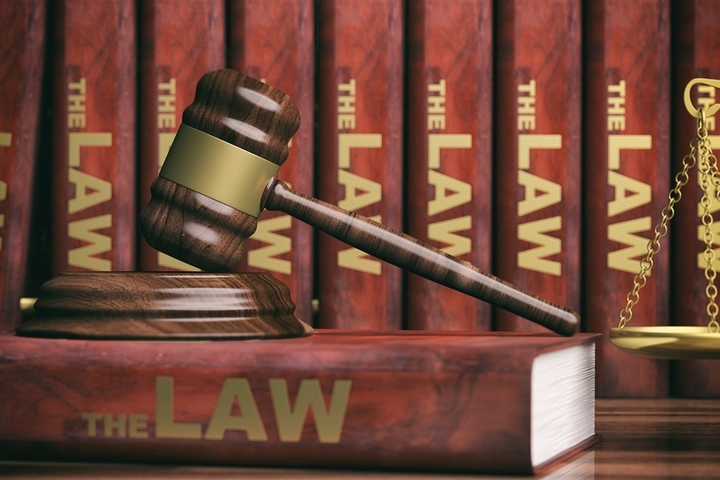While none of us want to experience discrimination at work, the unfortunate reality is that it is a common occurrence. No matter how far you go in your role, or how hard you work, there may be someone looking to harass you in some way. Workplace discrimination can be difficult to tackle, especially if you see no viable path forward.
Fortunately, there are important steps you should take, in order to best protect yourself from further harm. As long as you take the time to assess the available evidence, you will be able to build a strong case. Proving discrimination against you can be challenging, but not impossible.
Keep the following ways in mind on how to prove discrimination at work:
What is considered discrimination at work?
 In the most basic of terms, discrimination can be seen as a means to degrade someone in a variety of ways. The forms that discrimination comes in may vary, such as being extremely overt in action, to being subtle in verbal delivery.
In the most basic of terms, discrimination can be seen as a means to degrade someone in a variety of ways. The forms that discrimination comes in may vary, such as being extremely overt in action, to being subtle in verbal delivery.
No matter the format the harassment comes from, discrimination should not prevent you from doing your job. It is always advised to take into consideration your available sources of help, before proceeding. These sources and guides will be able to instruct you on the best course of action to take!
Work discrimination laws
 As mentioned previously, discrimination in a work environment can be resolved, if the right steps are taken. Before you take a good look at what evidence or proofs of harassment you have, review the local laws in your area. Generally speaking, there will always be a codified set of laws that offer you protection while in the workplace.
As mentioned previously, discrimination in a work environment can be resolved, if the right steps are taken. Before you take a good look at what evidence or proofs of harassment you have, review the local laws in your area. Generally speaking, there will always be a codified set of laws that offer you protection while in the workplace.
These laws come in various lengths as well, each of which providing context for your set of circumstances. For instance, if you feel as if you are being discriminated against because of your age, look for a related set of laws. An employer cannot actively discriminate against you for age-related reasons. Contact a Toronto employment lawyer, because you can take legal action if this happens to be the case.
Work discrimination claims
 When trying to set the groundwork for a discrimination case, you’ll have to bring forth a claim at the onset. These claims vary, depending on your set of circumstances, and can benefit your plan greatly. One common claim that is used in workplace discrimination cases has to do with disparate impact.
When trying to set the groundwork for a discrimination case, you’ll have to bring forth a claim at the onset. These claims vary, depending on your set of circumstances, and can benefit your plan greatly. One common claim that is used in workplace discrimination cases has to do with disparate impact.
Disparate impact describes a situation in which someone is discriminated against due in part to an employment policy. Since anti-discrimination laws protect workers as a class, this claim is oftentimes pursued when building a case. While there may be valid reasons for your situation, it is important to bring forth your claim as soon as possible.
Work discrimination evidence
 As you continue to build a case for your circumstances, proof of discrimination will be vital in more ways than one. There are generally two types of evidence that you should be aware of in cases of workplace discrimination. The one that will help you out the most is known as direct evidence.
As you continue to build a case for your circumstances, proof of discrimination will be vital in more ways than one. There are generally two types of evidence that you should be aware of in cases of workplace discrimination. The one that will help you out the most is known as direct evidence.
In basic terms, this form of evidence is a direct representation of how you were discriminated against in the workplace. It could come in the form of an email, in which you were racially accosted while on the job. Though there will always be varying kinds of proof used in your case, direct evidence is the most powerful to possess.
Circumstantial Evidence
 The other main type of evidence to consider using is predicated on your specific set of circumstances. Known as circumstantial evidence, this type of proof can include virtually anything else that is not a direct, discriminatory statement. Since your chances of gaining direct pieces of information is low, most cases rely on this type of evidence.
The other main type of evidence to consider using is predicated on your specific set of circumstances. Known as circumstantial evidence, this type of proof can include virtually anything else that is not a direct, discriminatory statement. Since your chances of gaining direct pieces of information is low, most cases rely on this type of evidence.
When obtaining some piece of circumstantial evidence, you’ll have to ensure it fits some criteria. The proof you possess must create a presumption of discrimination, based on its contents. Once you obtain the evidence, a lawyer should be able to use it when building a case. Don’t be afraid to include all material, even if you feel like it won’t work!
Other circumstances
 Both direct and circumstantial evidence are vital to proving discrimination has occurred in the workplace. However, sometimes, you may not have either category of evidence on hand. It is then important to consider other areas, specifically in relation to you as an individual.
Both direct and circumstantial evidence are vital to proving discrimination has occurred in the workplace. However, sometimes, you may not have either category of evidence on hand. It is then important to consider other areas, specifically in relation to you as an individual.
For example, are you a member of a protected class? Has your employer taken retaliatory action against you in the past? All of these situations well serve to make your case seem more believable. Discrimination in the work environment is terrible to experience, but it can always be properly fought back against!

